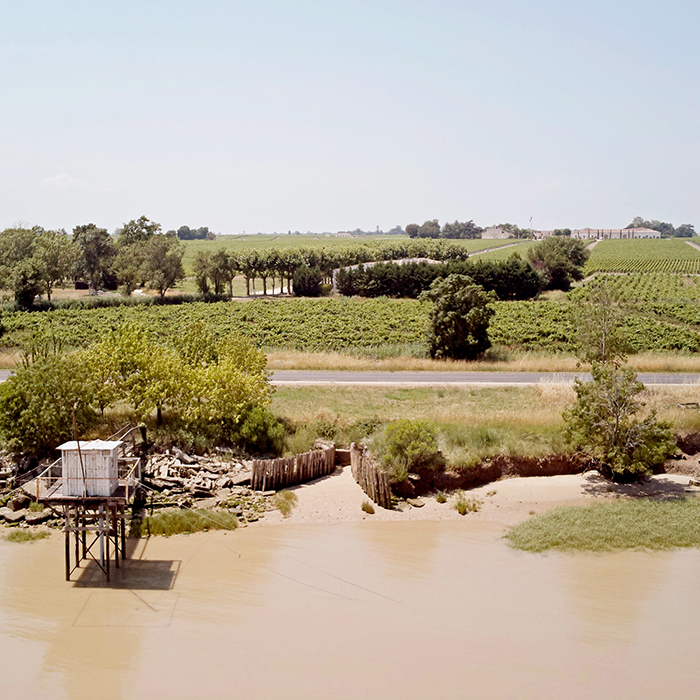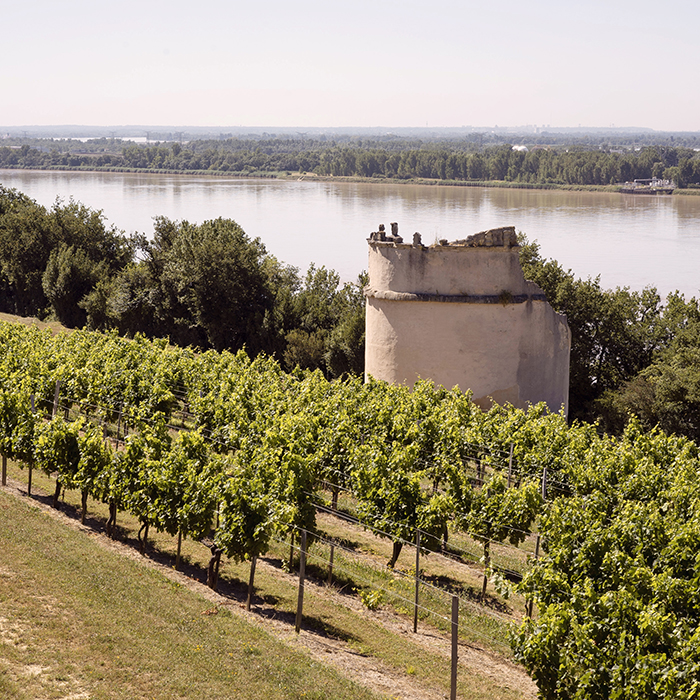Bordeaux 2019: in the rear-view mirror
Author: Mark Pardoe MW

The Bordeaux En Primeur campaign for the 2019 vintage began surreptitiously as Europe cautiously emerged from Covid-19 lockdown, and then raced through the gears to be completed in record time, beginning seriously with Pontet-Canet’s statement of intent on 28th May, and finishing by the end of June. This concertinaing of what is usually a more leisurely process means that most days saw multiple releases and some worthy wines did not get sufficient time in the spotlight. With a little more time to breathe, perhaps now is the time to review the campaign in more localised detail.
In general terms, there seems to be a consensus that, at its best, 2019 is a fine vintage on both sides of the river, but that excellence is concentrated at the more renowned châteaux. At the top of the ladder, the producers with the resources, expertise and terroir have made wines of great personality, generous and opulent, but with a core of minerality and freshness. As one moves down the rungs, with honourable exceptions, the wines become less precise and the challenges of the heat and drought are more evident, expressed as a more amorphous heaviness, not necessarily poor wines but not so evidently traditionally Bordeaux in style.
LEFT BANK
The luxury of being able to harvest each grape variety and, if necessary, each vineyard plot at the optimum time gave the winemakers a wealth of excellent material to work with. There was plenty of high-quality Cabernet Sauvignon and Merlot, the former given more finesse by the late September rains, the latter plump and boisterous. But despite this apparent accessibility, the tannins in the Cabernet Sauvignon are strong although extremely ripe and they are very likely to reassert themselves after bottling.
St Estèphe
Any Bordeaux insider will tell you that St Estèphe is the go-to commune in hot years. The Cabernet Sauvignon got properly ripe and so also the tannins, which can otherwise tend towards rustic – but the wines remain fresh, courtesy of the water-retentive clay that underpins most of St Estèphe at varying depths, and which only appears in here to this degree on the Left Bank. The wines feel well balanced and another positive sign is the quality of the Merlot, which shows greater finesse than in 2018. Coupled with the progress most châteaux have made in understanding their atypical geology, 2019 represents a stand-out success for the commune.
Pauillac
There are some impressive wines with power, and with sufficiently detailed moderation at the best addresses. There is a glossy seductiveness to many that take these away from being truly great wines, but the potential for pleasure is enormous. Where the vital precision is missing, some wines veer towards opulence over grace.
St Julien
The ripeness of the Merlot has produced some very exotic wines in this commune. Its reputation for consistency is maintained and there are very few disappointments. There is an ebullience in the best (Léoville-Barton, Ducru-Beaucaillou), and a rich generosity in the rest. This overt character overlies the wines’ potential complexity which is sometimes hard to access. Likely to be the most rewarding commune for wines of pure pleasure.
Margaux
Those looking for delicate, translucent Margaux will need to adjust their expectations in 2019: they’re ripe and assertive at the top, and lacking foundation at some lesser addresses. The successful wines have managed to fold the generosity of the vintage into their wines, like preserving the air in beaten eggs into a soufflé, so that the wines are both rich and buoyant, but at other addresses the lighter soils have left the wines rather monolithic and one-dimensional. We had to choose carefully in this commune.
Pessac-Léognan
Usually these vineyards ripen earlier than the communes north of Bordeaux, but in 2019 harvest dates are very similar. In 2018 there was a sense of sated corpulence about some of the wines, but 2019 has much more drive and direction. The best combine a savoury note with wood spice and black tea aromatics. There are some heady and beguiling wines to be found this year.

RIGHT BANK
The Merlot of the finest terroirs, especially on the Astéries limestone around the town of St Emilion, are superb, with linearity and energy, and there is a lot of very fine, aromatically intense Cabernet Franc this year too. The style of the vintage has suited Pomerol to a tee; the usual hedonistic character of these wines is given full rein by the vintage, and superb quality of the Merlot provides the necessary infrastructure.
St Emilion
Absolutely defined by terroir this year. Those vineyards on the limestone around the town, or the gravels towards Pomerol, have made fabulous wines – and those with more Cabernet Franc were further blessed. On the flatter, sandier and alluvial soils, some of the wines can be heavy and lumpen.
Pomerol
There are glorious wines from the classic epicentre of the commune: power with definition. The cool clays of the plateau, and especially the iron-rich crasse de fer, provided a slow, constant nourishment of the vines from the rainwater retained by the clay from the soggy, earlier part of the year. The best wines have captured the bright sun and warmth of the year and radiate it back in some of the greatest successes of the vintage.
SATELLITES & GENERIC
Although there is less imperative to buy these wines En Primeur, there is some fun to be had finding a few gems and grabbing them early. The two Côtes de Bordeaux – Castillon and Francs – plus Canon-Fronsac and Fronsac are where the action is for interesting wines that deliver value, especially the first two, whose tendency towards austerity is mitigated in hotter years. The same can be said for St Emilion’s satellites: Montagne, Lussac, Puisseguin and tiny St Georges, whereas the best plots of Pomerol’s Lalande will succeed when its more famous neighbours do as well. A little more caution is required with the wines from the Haut-Médoc and, especially, the Médoc, where the lack of precision mentioned earlier can be more evident.
DRY WHITE
It is not that usual for the quality of Bordeaux’s white wines to match the reds in the same vintage. The conditions necessary to ripen the red grapes will usually reduce the freshness of the whites and cool years reverse the impact but, this year, the dry whites seem to mirror the reds, with very exotic and lifted notes over a rich and creamy palate. The vintage’s fresher side adds more charm when compared to 2018, and at the top addresses this is clearly a very exciting vintage. The Médoc châteaux that make a white too (Cos d’Estournel, Lynch-Bages, Mouton-Rothschild etc) are equally exciting. The trend for dry wine from Sauternes châteaux continues and in 2019, again, these are also very successful.
SWEET WHITE
After the dry summer, botrytis was slow to come and the harvest was in two phases, the first simply drying the grapes, but then the rain at the end of September triggered the necessary humid conditions and the harvest throughout October was of a proportion of fine quality grapes, nobly rotten, but requiring painstaking sorting. A very small harvest but high-quality year, the wines are intense rather than expressive.


